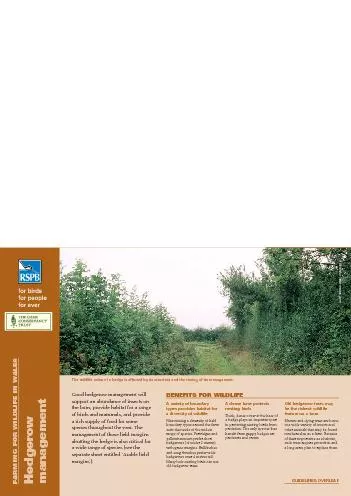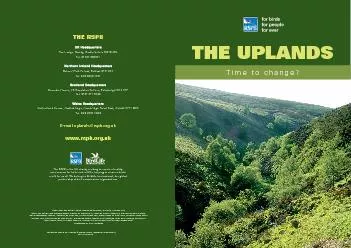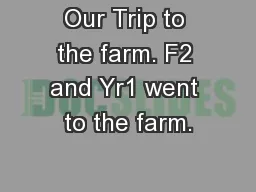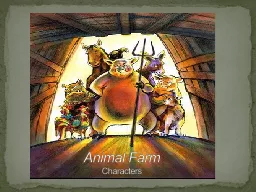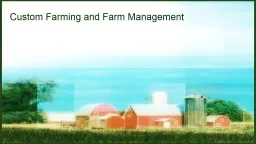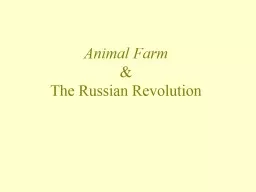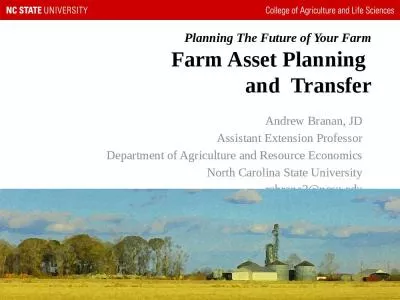PDF-R Winspear (rspb-images.com)Good hedgerow management willthe farm, pro
Author : trish-goza | Published Date : 2015-08-06
BENEFITS FOR WILDLIFEHedgerow ARMING FOR WILDLIFE IN WALES GUIDELINES OVERLEAFA variety of boundarytypes provides habitat fora diversity of wildlifeMaintaining a
Presentation Embed Code
Download Presentation
Download Presentation The PPT/PDF document "R Winspear (rspb-images.com)Good hedgero..." is the property of its rightful owner. Permission is granted to download and print the materials on this website for personal, non-commercial use only, and to display it on your personal computer provided you do not modify the materials and that you retain all copyright notices contained in the materials. By downloading content from our website, you accept the terms of this agreement.
R Winspear (rspb-images.com)Good hedgerow management willthe farm, pro: Transcript
Download Rules Of Document
"R Winspear (rspb-images.com)Good hedgerow management willthe farm, pro"The content belongs to its owner. You may download and print it for personal use, without modification, and keep all copyright notices. By downloading, you agree to these terms.
Related Documents

